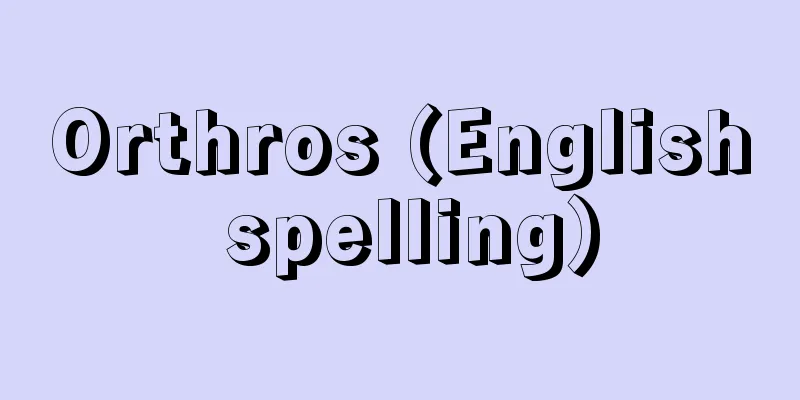Kenzo Adachi

|
A party politician from the Meiji to early Showa periods. Born on October 23, 1231 (Genji 1) in Higo Province (Kumamoto Prefecture). He studied at Seiseikou High School and moved to Tokyo to continue his studies. In 1893 (Meiji 26), he accompanied Sasa Tomofusa to Korea for the first time, and in 1895 he began publishing the Hanseong Shinpo newspaper and served as a reporter during the Sino-Japanese War. In 1895, he was arrested for his involvement in the assassination of Empress Min, and the following year, in 1896, he formed the Kumamoto National Power Party with Sasa and others. In 1902 (Meiji 35), he was elected a representative from Kumamoto Prefecture, and as a member of the bureaucratic faction, he worked to establish the Daido Club and the Chuo Club. In 1913 (Taisho 2), he participated in the founding of the Rikken Doshikai (Constitutional Association of Friends), led by Katsura Taro, and thereafter played an active role as a senior member of the Kenseikai (Constitutional Government Association). In 1924, he worked with Okazaki Kunisuke of the Seiyukai (Seiyaku Party) to establish the three factions that protected the constitution, and further worked to pass the Universal Suffrage Law in 1925. In the same year, he joined the second Kato Takaaki cabinet as Minister of Communications, and in 1929 (Showa 4), he served as Minister of the Interior in the Hamaguchi Osachi cabinet, and in 1931 he remained in the Wakatsuki Reijiro cabinet, occupying a position equivalent to that of Deputy Prime Minister. However, he allied with a section of the Seiyukai (Seiyaku Party) to promote the movement for a cooperative cabinet, drawing him close to the military, which caused disunity within the cabinet and led to the cabinet's resignation en masse. After resigning, he left the party and in 1932 formed the National Alliance, which advocated a fascist platform, and attempted to nominate Kiichiro Hiranuma, but failed. Known as the god of elections, he was a shrewd man, using precise calculations and strategy in election campaigns. [Uno Shunichi] "Autobiography of Kenzo Adachi" (1960, Shinjusha) [Reference items] | |©Shogakukan Library "> Kenzo Adachi Source: Shogakukan Encyclopedia Nipponica About Encyclopedia Nipponica Information | Legend |
|
明治から昭和前期の政党政治家。元治(げんじ)元年10月23日、肥後国(熊本県)に生まれる。済々黌(せいせいこう)に学び、上京して勉学を続けた。1893年(明治26)佐々友房(さっさともふさ)に従って初めて渡韓、1895年から『漢城新報』を発行するとともに、日清(にっしん)戦争には記者として従軍。1895年閔妃(びんひ)殺害事件に関与して拘引され、翌1896年には佐々らと熊本国権党を結成した。1902年(明治35)熊本県から代議士に選出され、官僚派に属して大同倶楽部(くらぶ)、中央倶楽部の結成に努めた。1913年(大正2)桂太郎(かつらたろう)の立憲同志会創立に参画し、以後憲政会の幹部として活躍。1924年には政友会の岡崎邦輔(おかざきくにすけ)とともに護憲三派の成立に尽力、さらに1925年の普通選挙法の成立に努めた。同年第二次加藤高明内閣に逓相として入閣、1929年(昭和4)浜口雄幸(はまぐちおさち)内閣の内相、1931年若槻礼次郎(わかつきれいじろう)内閣にも留任、副総理格の位置を占めた。しかし政友会の一部と結んで協力内閣運動を推進して軍部に接近、閣内不統一の因をつくり内閣総辞職を招いた。総辞職後脱党して1932年にファッショ的政綱を掲げる国民同盟を結成、平沼騏一郎(ひらぬまきいちろう)擁立を画策して失敗した。選挙の神様といわれ、選挙戦では緻密(ちみつ)な計数と戦略を駆使して辣腕(らつわん)を振るった。 [宇野俊一] 『『安達謙蔵自叙伝』(1960・新樹社)』 [参照項目] | |©小学館ライブラリー"> 安達謙蔵 出典 小学館 日本大百科全書(ニッポニカ)日本大百科全書(ニッポニカ)について 情報 | 凡例 |
Recommend
Bonito and tuna fishing boats
A general term for fishing boats that use pole-and...
The origin of Urashima Myojin
...In the Middle Ages, the scenic beauty of Amano...
Charcoal ball - Tadon
〘Noun〙① A black fuel made by solidifying charcoal ...
Henriot, J.
...One of the important factors in this is the wi...
Kiryu sand - Kiryuzuna
…(e) River sand Sand from the upper reaches of ri...
Wang Xizhi - Ougishi
A calligrapher from the Eastern Jin Dynasty in Ch...
Nakao Tozan
A Tozan-ryu shakuhachi master. First generation. ...
Protozoa - protozoa
〘 noun 〙 = protozoan (protozoa) [English-Japanese ...
Nobuo Ina
Photography critic. Born in Matsuyama, Ehime Pref...
Nationalism - statism English
A political ideology that asserts that the state ...
Eckert, WJ
…The lunar calendar based on the new method is ca...
Tago family
A local feudal lord based in Tako Manor in Kozuke ...
Cacops
...Piscivorous. It is closely related to the Caco...
Yashima [town] - Yashima
This old town in Yuri County occupies the middle r...
Turtleneck (fishing sparrow) - Turtleneck
A general term for birds of the passerine order Re...









